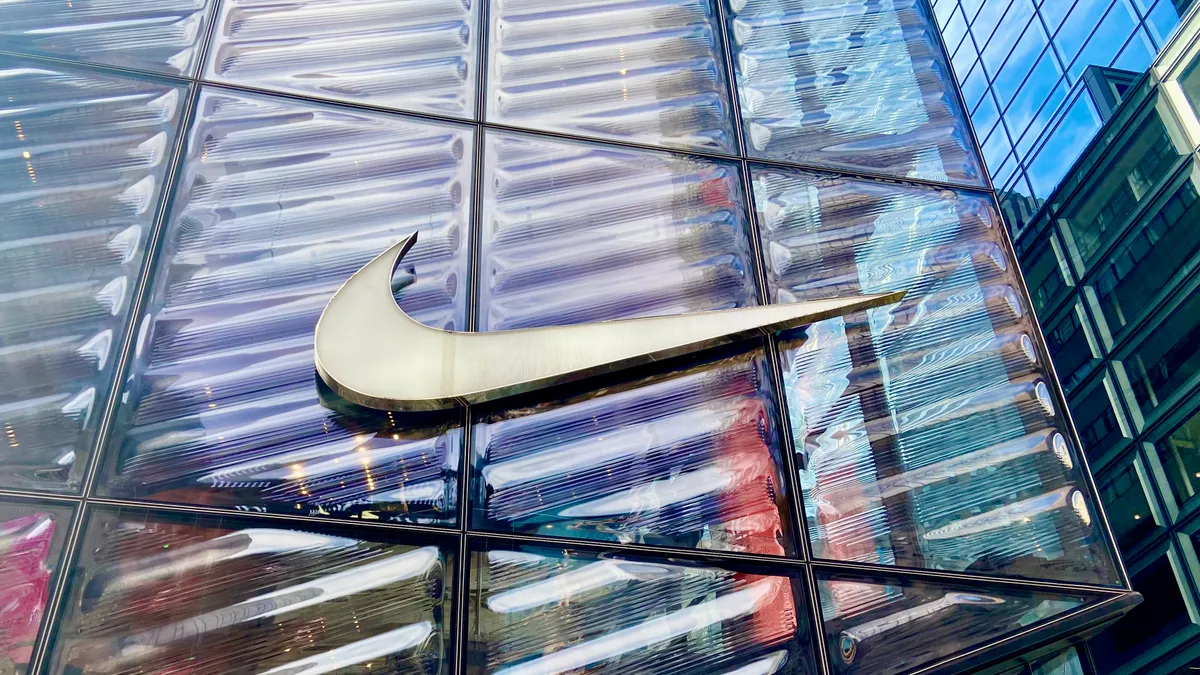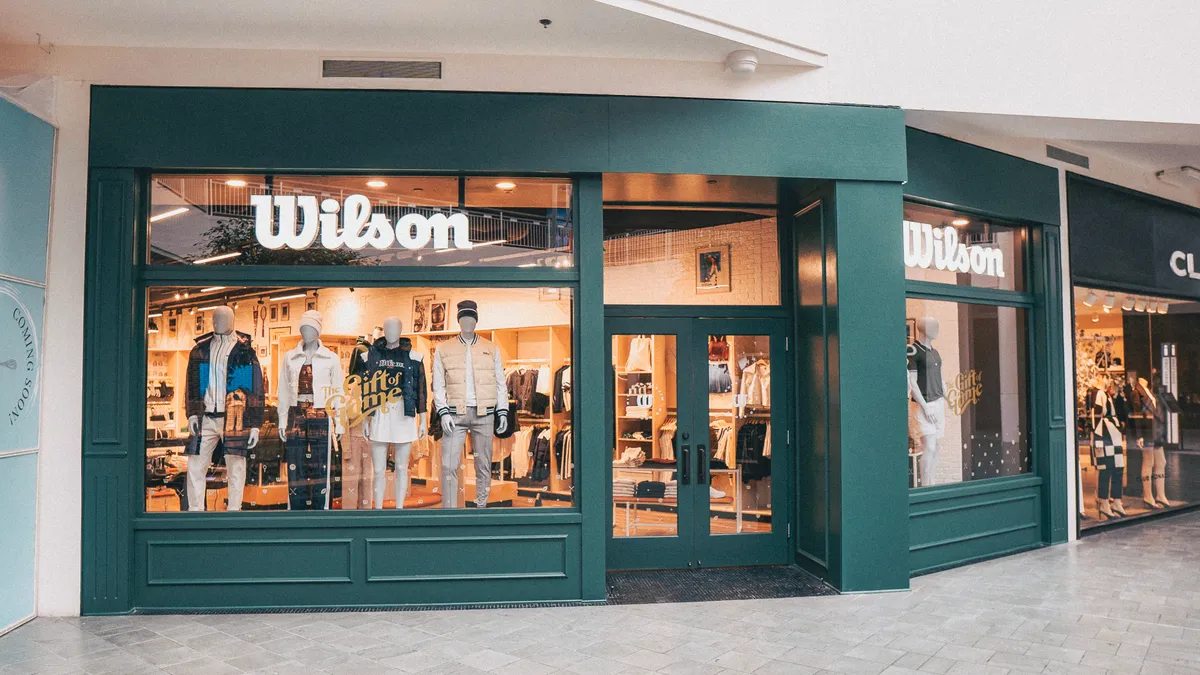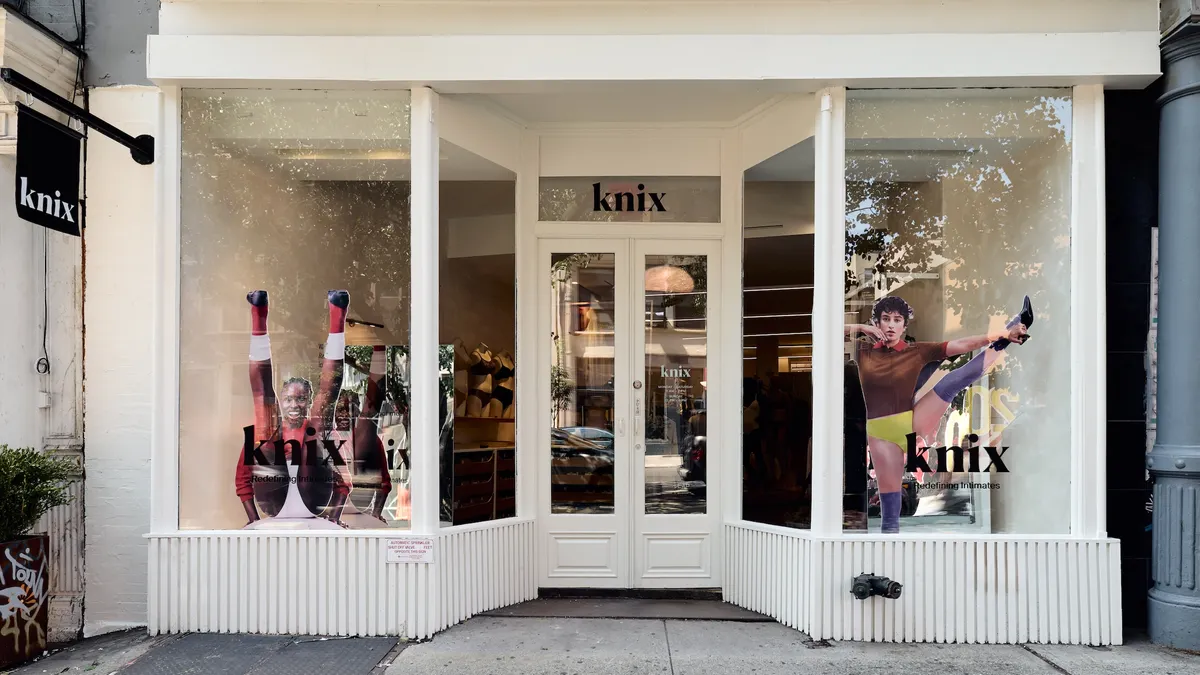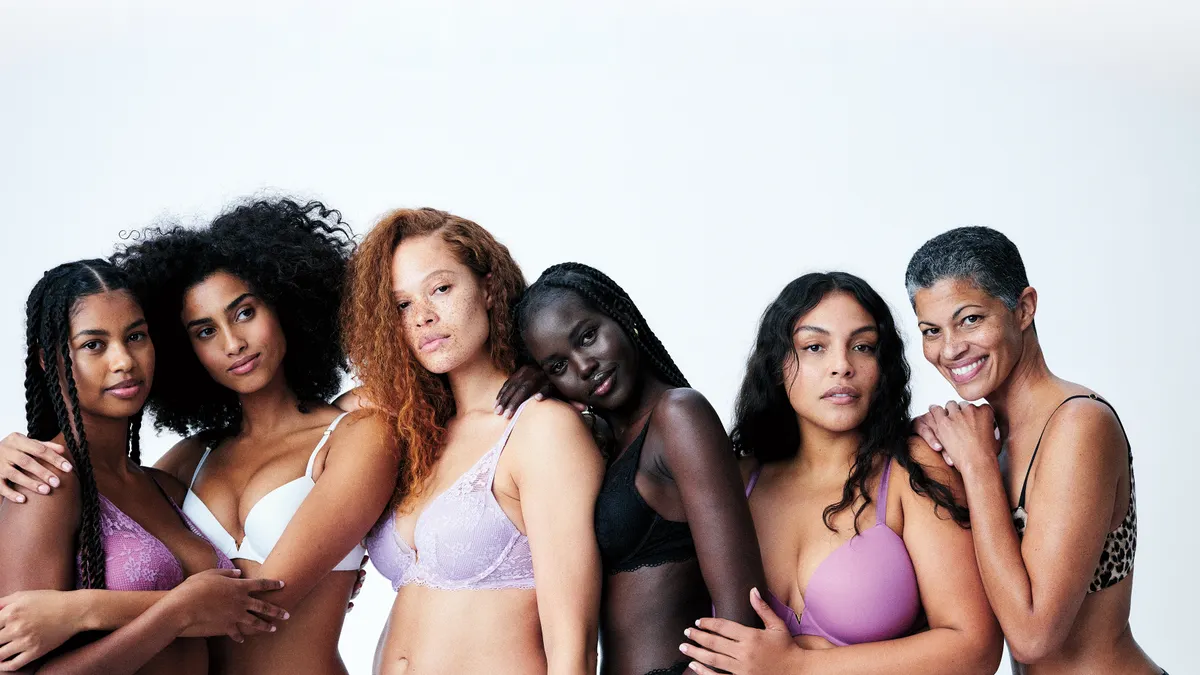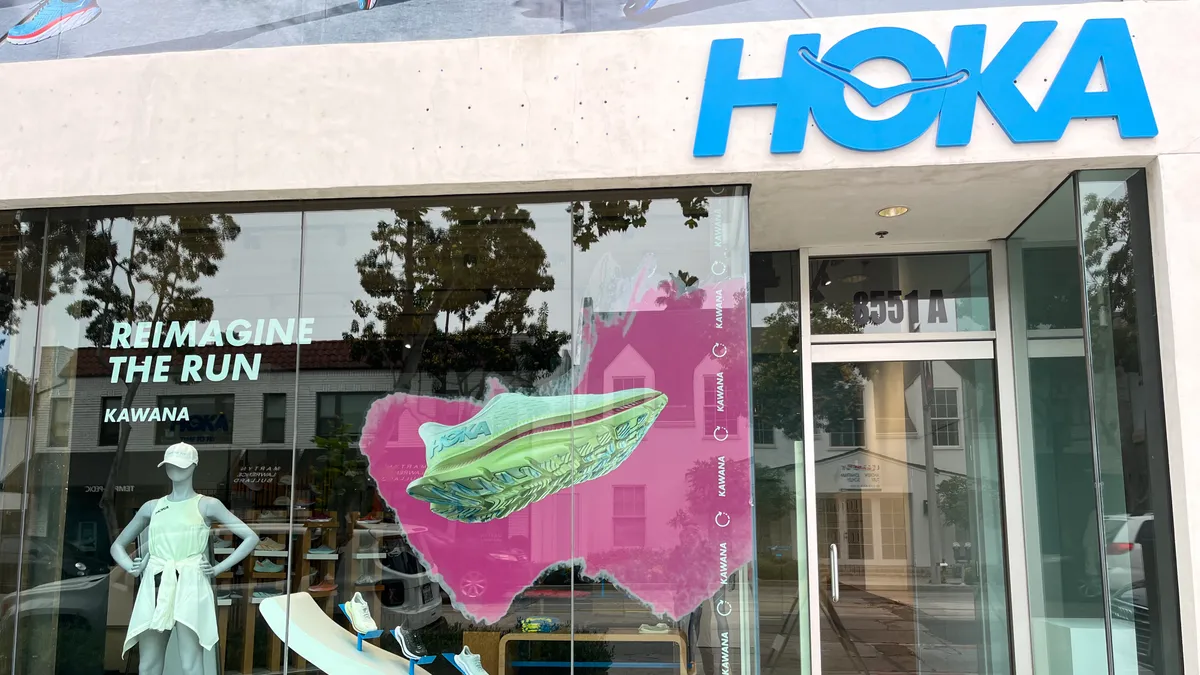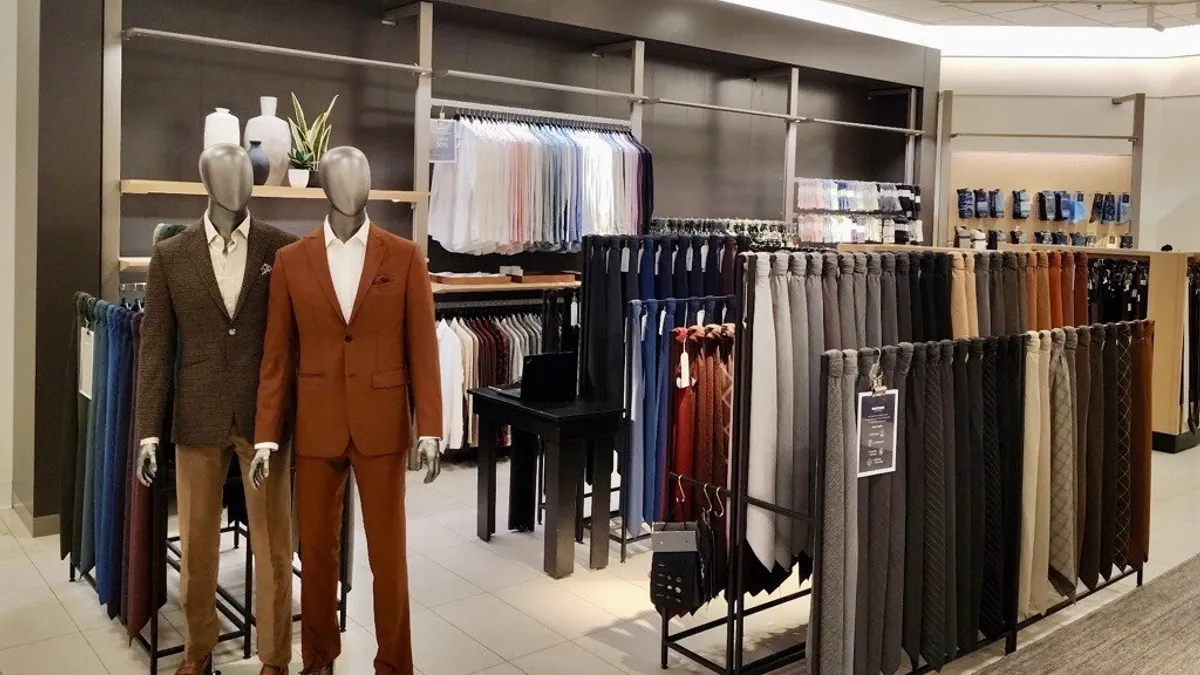NEW YORK — These days there's a direct-to-consumer brand for everything. Of course, there are the established examples, like Warby Parker and Bonobos. Then there are a younger set of venture capital-fueled darlings like Away, Allbirds and Casper. Look deeper and you'll find an onslaught of digitally native vertical brands in every niche category from vitamins to dentistry.
Roughly $4 billion in venture capital (VC) funding has been pumped into direct-to-consumer (DTC) brands, Randy Yang, senior director and head of corporate development of digital consumer brands at Walmart eCommerce, said during a panel at NRF's Big Show on Tuesday about how VC firms view the new next wave of DTC brands.
Yang, who helps develop Walmart's growing portfolio of direct-to-consumer brands, including Bonobos, Modcloth, Eloquii and Allswell, is a part of a changing narrative within the space.
Many of the brands that have had early success owe their rise largely to an authentic relationship with consumers that's built not just on a product, but on a social mission and an affordable price too. For some, that's enabled them to scale while remaining a standalone business — think Warby Parker. Others have looked for an exit that allows them to live among a set of similarly organized businesses — think Bonobos, which was acquired by Walmart in 2017.
The white space that Adam Valkin, managing director of General Catalyst, and other VCs first saw after the 2008 recession when investing in companies like Jet and The Honest Company is now crowded with color. So what separates today's winners and losers? Yang, moderator of the panel, asked Valkin, as well as Dayna Grayson, a partner at VC firm New Enterprise Associates.
"I think a lot of the DTC brands that haven't seen as much success may be pursuing industries where they can insert an opportunity, but it's not necessarily a sustained opportunity," Valkin said. "One of the things we are seeing with the brands that have emerged is even though they are doing a great job on their execution, they're just not getting that big." Instead, he's seeing many tap out between either the $20 million and $40 million range, or the $80 million and $100 million range.
"At the end of the day, as glorious as this sounds, underlying economics often come down to a simple equation, which is: 'What is the lifetime value and what does it cost to acquire?'" he said. "And if there is a story and there is a community and there is a movement, that has a significant impact on the lifetime value and the customer acquisition cost. And if there isn't, it's much more likely that it's like a one hit."
Grayson, whose $3 billion fund has backed brands like Jet.com, Diapers.com, Casper and Framebridge, said that these days the winners have to get everything right, not just the product.
"I think a lot of it is the service," she said. "A whole portion of it, or at least half of it is the service delivery — Does it come on time? Does it feel white glove? Do you feel like as a consumer that same initial relationship that you started on Instagram follows through to the delivery, the packaging, the following up, the personalization and the feeling that they really understand you as a consumer?"
What's more, DTC brands that have been able to go head to head with incumbents in their category are the ones that have been tech-first. "If you're a tech-first company versus an offline-first company, you've been able to get a real advantage over the last five years," she said.
Now, the question for these brands, according to Valkin, is: What are the real benefits of being a brand born online? In his eyes — and many others — the days of pureplay are long gone.
"There's probably a DNA difference between the kind of founder that would start an online business and start a retail business in terms of the kind of technical orientation — maybe comfort with digital platforms, understanding of online marketing — that may give an advantage right now to the brand and may provide the DNA for a more scalable model," he said. "But that won't last either."
One of the biggest differentiations that DTC brands have, according to Yang, is culture. Technology aside, one of the biggest things that Marc Lore, Walmart's eCommerce chief and Jet.com founder, has done, is create a cultural change within the people at the retail giant, and make an opening to attract new talent.
"Marc likes to talk about this idea of embedded entrepreneurs within Walmart e-commerce, and a lot of the acquisitions we've pursued both in the DTC brand space and otherwise have been focused on who are the people we are really acquiring: Are they excited about being a part of Walmart and potentially helping to transform retail from within one of these incumbent brands?" Yang said.
How does that cultural change work in practice? Valkin asked Yang. "I think we've made a total of nine or 10 acquisitions in e-commerce alone in just under two years and each one of those had talent pieces behind it," he said. "If you individually ask each of those founders before the Jet acquisition if they ever would have gone to Walmart, if they ever would have imagined joining Walmart, I think the answer would have been no, myself included by the way."
But a few years ago was a different world, he said.
These days, DTC brands either have to be a consumer phenomenon, or they have to figure out a portfolio approach, where together alongside other brands they can together make up hundreds of millions in revenue — or it may be hard to exist as a standalone business, Valkin said.






